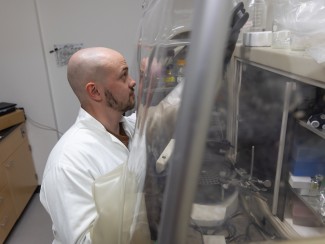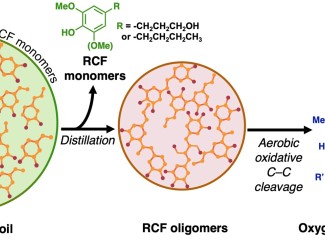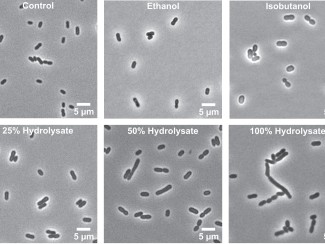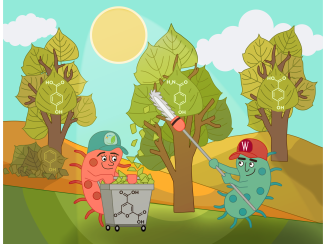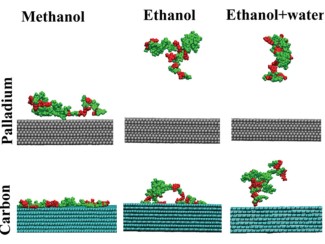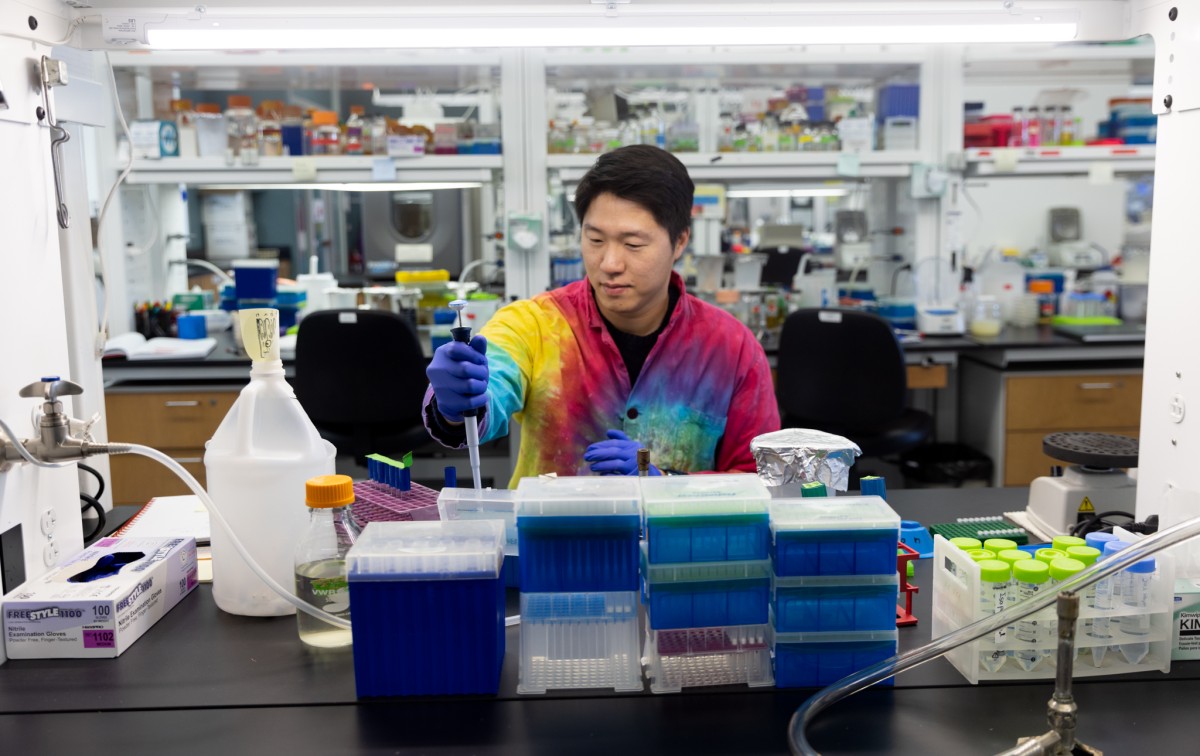
In this series, we learn more about what inspired our talented graduate students and postdoctoral researchers, what brought them to their field of study, and the questions that drive their work as part of the Wisconsin Energy Institute and Great Lakes Bioenergy Research Center. Today, we talk with Harrison Moon, a Keegstra fellow with the GLBRC. From his early childhood, he was fascinated by the natural world, and this fascination eventually steered him towards a career in plant pathology. Currently, he is a postdoctoral researcher in the Hittinger Lab at the University of Wisconsin–Madison.
Tell us about your research.
My research closely aligns with GLBRC's mission to create a more sustainable world by reducing our reliance on fossil fuels and cutting down on carbon dioxide emissions. Many researchers at GLBRC have been working on enhancing sorghum plants to require less water while producing more biomass. That's why I joined GLBRC. My role involves identifying or engineering top-notch yeasts capable of efficiently consuming sorghum biomass and producing significant quantities of biofuels for various purposes like aviation and transportation. Essentially, I'm fully dedicated to finding ways to improve yeast strains so they can thrive even in the presence of microbial inhibitors from plants and produce greater amounts of biofuels.
What’s your academic background?
I spent the first 27 years of my life in Seoul, South Korea. During my undergraduate studies at Seoul National University, I focused on plant pathology and entomology. A year later, I joined the Plant Pathology doctoral program at UW–Madison, supervised by Dr. Jae-Hyuk Yu in the Bacteriology Department. After successfully defending my thesis in the summer of 2022, I then joined GLBRC as a Keegstra fellow.
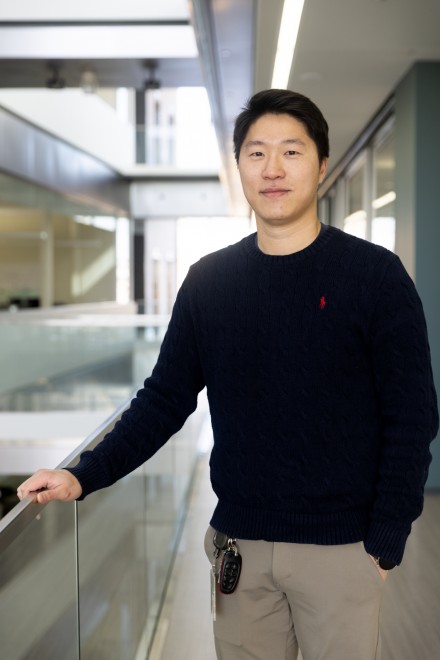
What sparked your passion for research?
During my adolescence I was inherently curious about the natural world. I was always eager to explore its intricacies. This drew me to science courses like physics, chemistry, geography, and biology. Biology captivated me as I delved into the composition of cells and the intricate interactions between cells and organs. I marveled at the impeccable design evident in every aspect of life. Throughout my PhD, as I delved into unraveling the gene regulatory network in filamentous fungi, I realized that there are countless more discoveries awaiting, each revealing the beauty of life. Nevertheless, my insatiable curiosity has consistently fueled my passion for research.
How did you begin working for GLBRC?
I had already received a postdoc offer from a different university for a gut microbiome study. At that moment, I came across a Keegstra fellowship opening from GLBRC through the Fungal Biology Supergroup at UW–Madison, and its description perfectly matched my background. Although I had never considered bioenergy research before, I envisioned that my expertise in studying fungal genetic networks would be valuable in this field. It's been a little more than a year since I joined the GLBRC, and I couldn't be more satisfied!
What motivates you in your work?
As I mentioned regarding my passion for research, my biggest motivation is curiosity. If my curiosity resides within me, it generates ideas for new experiments and drives me to achieve results as early as possible. When I began working at GLBRC, I was knowledgeable about genetic engineering of fungi but had no experience with yeast engineering and metabolism. Through learning experimental techniques for yeast engineering, I gained confidence in this field and began proposing my own experiments. Moreover, collaborating with various teams at GLBRC made me feel that this fellowship position was tailor-made for me. At a certain point, I reflected on my journey and found joy in these processes.
Are there any stories that stick out to you from your education?
When I chose my major in college, I was considering natural science or biotechnology, but accidentally selected applied biology without realizing it was primarily focused on agriculture. Since then, I delved into subjects ranging from insects to plants, plant diseases, plant pathogens (bacteria and fungi), and fungal genetics. At times, I regretted my decision. But eventually I accepted it and found joy in it as my destiny. Because of this unique major, I've gained extensive knowledge of the entire bioenergy research pipeline at GLBRC, which I believe made me a more suitable candidate for the Keegstra fellowship.
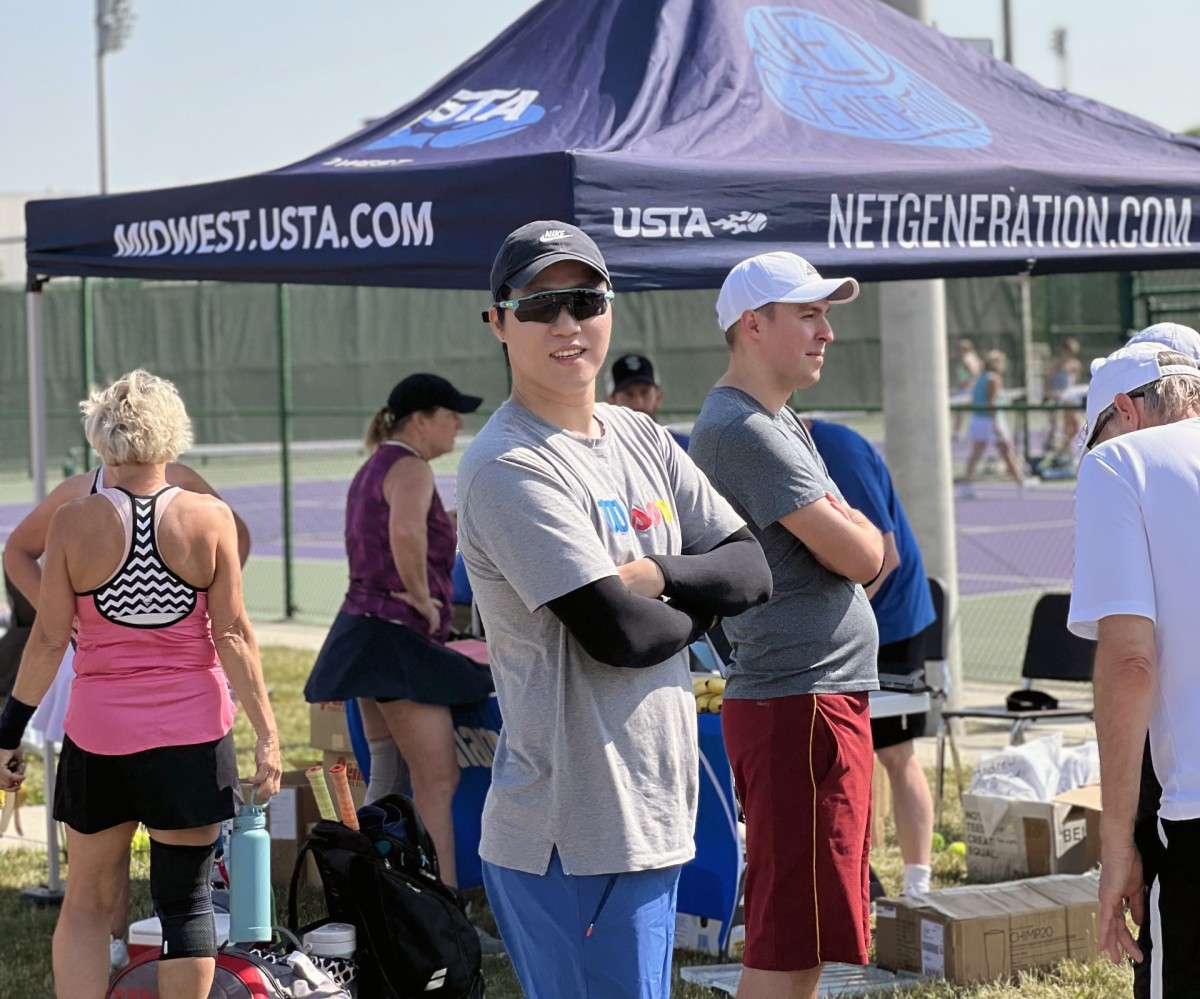
What's one thing about your research area that you think everyone should know?
In my opinion, bioenergy is still something that most people do not consider using and even are unaware that they are using. Just as people prefer organic produce over conventionally harvested ones due to their healthy image, I hope that in the future, they will also prefer using biofuels and bioproducts to help maintain the world’s health.
What does your typical work week look like?
Every morning, I kickstart my day with an iced latte to wake up my brain. Then, I juggle three different things: my keyboard, various experiments with transparent liquids, and meetings. I spend most of my time working with cells and transparent liquids, imagining molecular reactions.
What do you like to do outside of work?
I play tennis and golf regularly. A fun fact about me is that I'm a three-time Wisconsin state champion in tennis at my level! Sports serve as a primary method for me to relieve stress and maintain my health.

